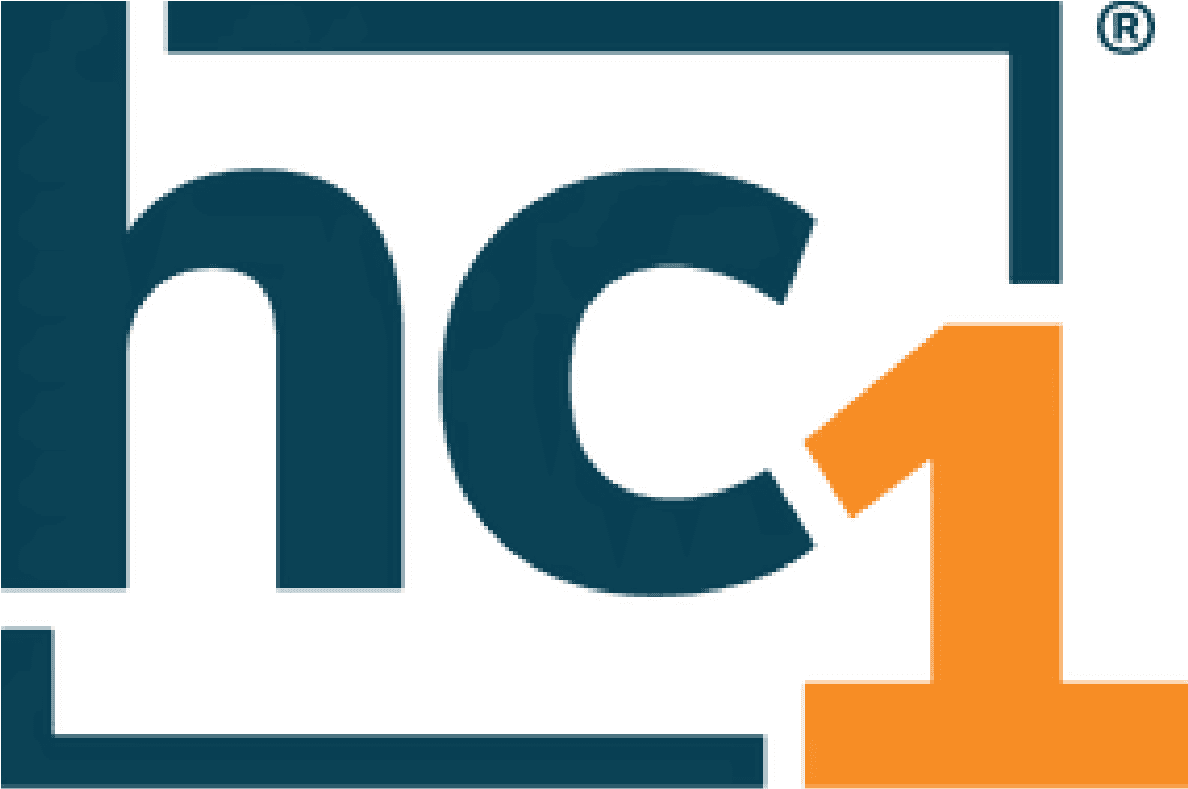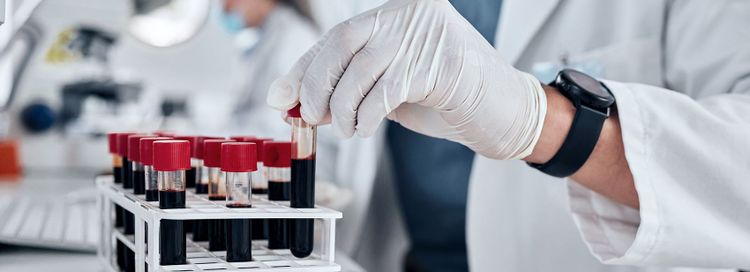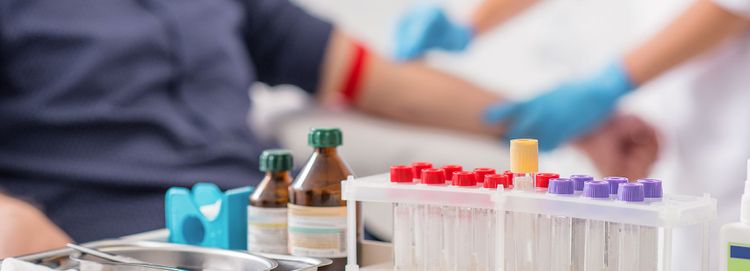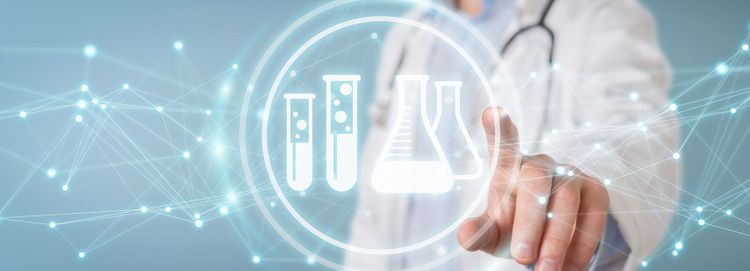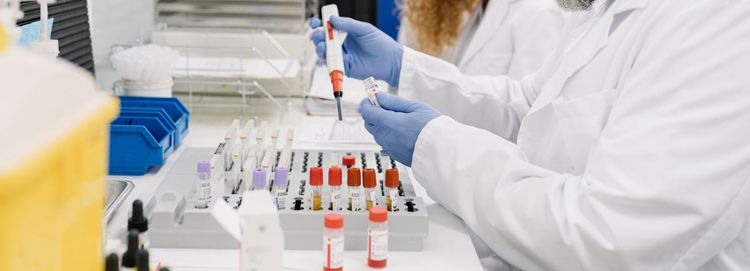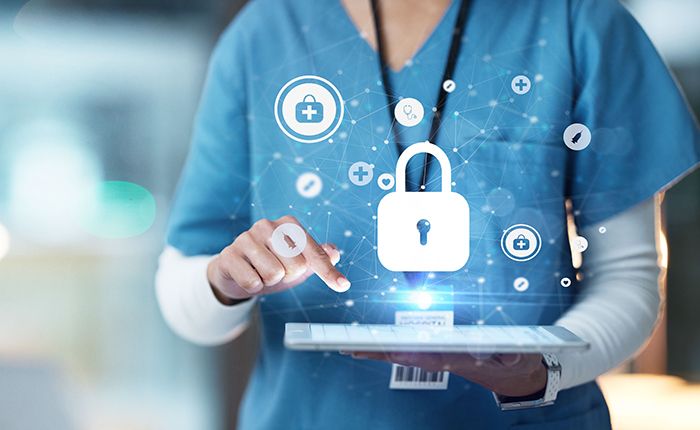December 7, 2020
Employees and management at a corporate location may ask, “What is the value in all employees completing a web-based or app-based COVID-19 symptom tracker every day?” The process takes about 3 minutes per day per individual, which is only 0.625% of the average 8-hour work day. But add up that time for 1,000 employees making an average salary of $20 per hour, and the employer spends 50 hours of employee time and $1,000 in wages per work day on symptom tracking. So what is the value of that thousand-dollar investment or $1 per employee per day?
Symptom survey checking was one of the earliest recommendations of the CDC1, and it remains a consistent component of their first-line recommendations to date. Interestingly, it took 10 months into the pandemic for the CDC to publish the scientific data2 demonstrating that wearing masks not only reduces the public spread of COVID-19 airborne particles, but also provides enhanced safety to the one wearing the mask.
The primary advantage of employees completing symptom tracking surveys and following up with recommended actions is the public health benefit to the employer and the local population. This daily symptom surveying and following up means that a person with associated symptoms is quickly identified, isolated, and tested at the earliest moment before spreading COVID-19 to others in the workplace, at home, or in the community. It is the same logic as to why people are told to wear masks. The primary benefit is in reducing the risk of spread from a potentially infected individual with early symptoms or unrecognized symptoms to many others.
Likewise, the advantages to the employee doing the symptom tracking are:
- keeping their coworkers safe;
- keeping the local work unit in operation;
- keeping the business integrity of the employer intact; and
- reducing healthcare costs associated with a widespread local outbreak of COVID-19 that could threaten the financial security of the corporation, and therefore the employee’s professional security.
Individual symptom tracking also reflects the philosophy of “love thy neighbor” and “care for others as one would care for thyself.” Early symptom tracking could remind the individual of an odd symptom that is in fact an early symptom associated with COVID-19. Early detection and isolation will also help protect one’s family from inadvertent spread of COVID-19. Aren’t these benefits worth at least this easy 3-minute, $1 daily exercise on every employee’s part? Early detection could save a life, save a hospital admission costing $12,000, or save a $150,000 ICU stay that a corporate health plan is likely to encounter.
Early isolation of sick patients with a respiratory illness and/or those suspected of a respiratory illness is a basic medical practice and epidemiological technique to reduce the rapid spread of these infectious forms of illnesses, which include flu, colds, measles, MERS, and SARS. It would be unethical to conduct a study comparing one population that enforces early isolation of symptomatic patients versus leaving them undetected in the general population. This is especially true considering that the infection fatality rate of COVID-19 is several-fold higher than that of seasonal influenza3 and that infection can lead to persisting illness, including in young, previously healthy people (i.e., long COVID)4.
Perhaps the best benefit of frequent symptom checking is the continuous education and employee awareness of the basic symptoms and signs of COVID-19 and the range of those symptoms. This exercise will make the individual employee personally aware of their part in defending against local spread of a new infection. A recent meta-analysis paper in The Lancet Microbe5 documented that “patients with SARS-CoV-2 infection are likely to be most infectious in the first week of illness, emphasizing the importance of immediate isolation with symptom onset early in the course of illness.” Later the paper states, “This finding is supported by the observation in contact-tracing studies that the highest risk of transmission occurs very early in the disease course (a few days before and within the first 5 days after symptom onset).6,7
Suggestions for employers based on this discussion and additional consensus evidence8:
- Require employees to do the daily symptom tracking survey on initial return to the workplace for 3 days. This delivers symptom training and assures recognition of late or recurrent symptoms if the employee is returning after an isolation period.
- Indicate employees should report any symptoms to the designated COVID-19 coordinator so surveillance of other nearby employees can start. Make sure that employees who are experiencing symptoms get tested for COVID-19 and do not report to work.
- If resistance develops to daily screenings, conduct surveys at least weekly to promote compliance and reduce resistance. This will remind employees of the importance of the symptoms, as well as the variety of symptoms that they are requested to report if they occur.
- Remind the employee population that protection of coworkers is a corporate expectation and a corporate value. It also protects the integrity and financial security of the corporation, and therefore each employee’s individual job security.
References
- Centers for Disease Control and Prevention. CDC Statement on COVID-19 Apple App. https://www.cdc.gov/media/releases/2020/s0327-statement-covid-19-apple-app.html . March 27, 2020.
- Centers for Disease Control and Prevention. Scientific Brief: Community Use of Cloth Masks to Control the Spread of SARS-CoV-2. November 20, 2020.
- Verity R Okell LC Dorigatti I et al. “Estimates of the severity of coronavirus disease 2019: a model-based analysis.” The Lancet Infectious Diseases, Volume 20, Issue 6, pages 669–677, June 01, 2020. DOI: https://doi.org/10.1016/S1473-3099(20)30243-7.
- Nature. “Long COVID: let patients help define long-lasting COVID symptoms.” Nature, 2020; 586: 170. DOI: https://doi.org/10.1038/d41586-020-02796-2
- Cevik M, Tate M, et al. “SARS-CoV-2, SARS-CoV, and MERS-CoV viral load dynamics, duration of viral shedding, and infectiousness: a systematic review and meta-analysis.” The Lancet Microbe. Published online November 19, 2020. DOI: https://doi.org/10.1016/S2666-5247(20)30172-5
- Wang Y, Tian H, Zhang L, et al. “Reduction of secondary transmission of SARS-CoV-2 in households by face mask use, disinfection and social distancing: a cohort study in Beijing, China.” BMJ Glob Health 2020; 5: e002794.
- Cheng H-Y, Jian S-W, Liu D-P, Ng TC, Huang WT, Lin HH. “Contact tracing assessment of COVID-19 transmission dynamics in Taiwan and risk at different exposure periods before and after symptom onset.” JAMA Intern Med 2020; 180: 1156–63.
- Alwan, Nisree A, et al. “Scientific consensus on the COVID-19 pandemic: we need to act now.” The Lancet, Volume 396, Issue 10260, E71-E72, October 31, 2020. e-Published: October 15, 2020. DOI: https://doi.org/10.1016/S0140-6736(20)32153-X
About the Author
Peter J. Plantes, M.D. has three decades of experience creating service and delivery solutions that enhance marketplace success and clinical performance for clinical practice groups, academic faculty group practices, hospitals, health systems, and health care organizations. His success stems from his ability to blend and synergize clinical knowledge, operational expertise, financial performance, and collaborative methodology with his deep commitment to serve patients and improve the health of the community. Dr. Plantes has served in CEO & Physician Executive roles for a number of large healthcare clinical delivery networks including regional community networks, academic practices, national hospital networks, international health systems (Chile, Colombia), and corporate managed care/HMO networks.
